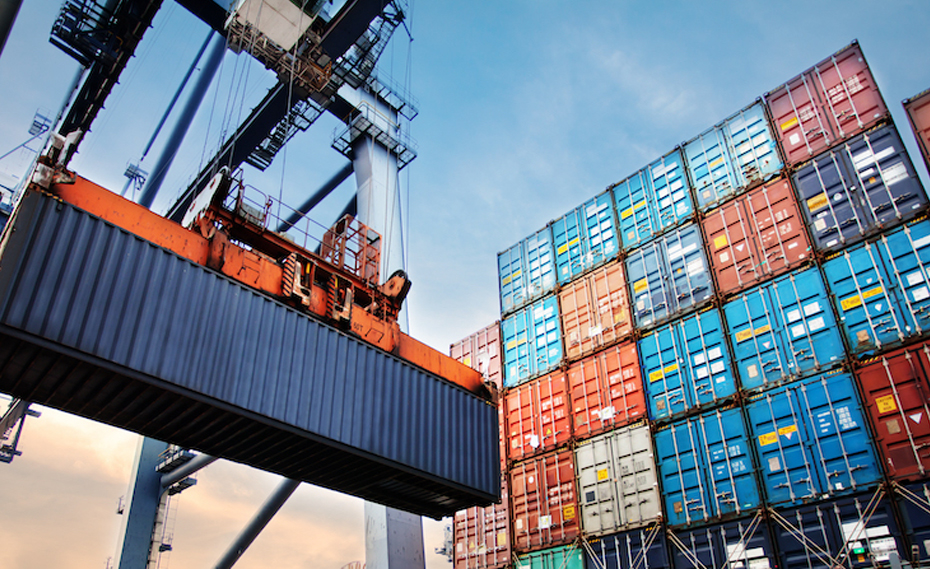
Freight forwarding is a key service for businesses or companies transporting goods across borders or overseas to conduct business. Freight forwarding companies provide services to companies to help with the shipment of goods to their final destination. They act as the 'middlemen' who act as an intermediary between the company that needs to send or receive goods and the various transportation services that move these goods. They also work with other companies that deal with storage when required.
A freight forwarding service is usually used by companies engaged in international or multinational import and export, or anyone who needs to move goods or products across large distances. It is also used by people who need to move bulk loads occasionally or regularly transport goods for their business.
There are several advantages to using freight forwarding services, even though you don't necessarily need to do international shipping. Companies choose to use these services mainly because they are experts in the field and know how to do the job efficiently and smoothly. Dealing with international freight is no small job, yet freight companies already have the right technology and partnerships to make it happen.
Freight forwarders are the people who take care of everything involved in the complexity of moving goods overseas or interstate. They act as the "middlemen" between the shipper and logistics services, navigating the transport and legalities of international trade. They are more than just a logistics company; they are partners in your business, handling all the freight forwarding and ensuring that your goods reach their final destination safely.
Freight forwarders work with multiple partners, which means they have solutions for different types of goods, including cold storage items and other things that need special consideration.
The main aim of freight forwarding is to ensure goods' safe and efficient delivery. The six key stages involved in freight forwarding include:
The first step in freight forwarding is export haulage, which means receiving the goods from the client. The goods are transported from the warehouse to the origin check or the airport. Depending on the type of goods and the distance from the warehouse, this transportation can involve multiple modes of transport and several logistics companies. The freight forwarders ensure that the goods are transported safely and cost-effectively and arrange the mode of transport best suited for the type of goods.
The next step is to ensure the goods are cleared to leave the country of origin. A customs agent handles all necessary documents for the export of goods from their country of origin. This is a crucial step in the freight forwarding process. The freight forwarders work closely with the customs agent to ensure that all paperwork, including the legality of the items, matches the information in the shipping documents submitted before check-in. They thoroughly check and ensure the process is smooth without any inconvenience.
Also known as the items checkpoint, this step is executed once the items are ready to be transported. The freight forwarder inspects and prepares the goods for export at their warehouse. The shipping company ensures the items are in good condition. They'll also confirm whether the items match the booking description, as if not done carefully, it may affect the subsequent stages of the process. It may not be accepted for delivery to their destination such as drugs, alcohol, and sharp objects. These items have strict restrictions.
Before the items arrive at their destination country, the customs department will review all the paperwork to ensure they can enter the country. The customs agent in the destination country handles this. The freight forwarder cooperates with the customs agent to ensure that the items comply with the country's customs regulations.
Upon arrival, customs handles and inspects the items. Meanwhile, another team of freight forwarders arranges the products for import warehousing. They'll keep these items in proper storage under the supervision of the customs agent. The freight forwarders cooperate with the customs to ensure the items pass inspection and are ready for final handling.
The final step of the freight forwarding stage is the import haulage. After the inspection has been approved, the items are transported from the warehouse storage to their final destination. Shipping can take a few hours or days, depending on the type of item and its destination. The freight forwarders coordinate with the logistics team to ensure the safe and timely delivery of your goods.
Freight forwarding optimizes shipping routes using a long history of data. Freight forwarders use a network of logistics partners that can help you ship goods at the best price possible. They also provide freight services, which handle all the paperwork for transporting goods or products. Freight forwarding involves using advanced technology and the knowledge of requirements needed for your business to flourish smoothly.